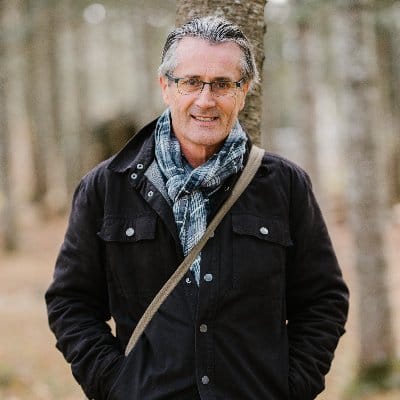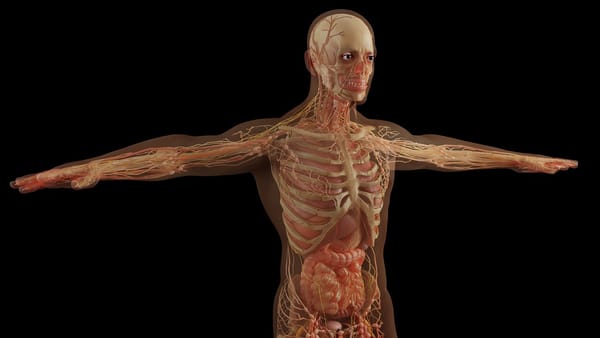On the Distortion of Real Impulses
In Anthroposophy, however, the Christ Being is not one figure within evolution, but the axis of evolution itself.

In Anthroposophy, however, the Christ Being is not one figure within evolution, but the axis of evolution itself.


It is true that Theosophy and Anthroposophy diverge most sharply at the point of the Christ Event.
In Theosophy, Christ is peripheral, treated as one Master among others.
In Anthroposophy, however, the Christ Being is not one figure within evolution, but the axis of evolution itself — the very turning point in the drama of consciousness.
Without this, Steiner cannot be understood.
Yet, the danger lies in how even these words — “Christ,” “Event,” “Marxism,” “Brotherhood” — have all been retroactively hollowed out, turned into shells that can be refilled by whatever power wishes to speak through them.
To debate whether Steiner aligns more with Marxist-Leninism or not, is already to have stepped into the wrong universe — a world where words have been divorced from their spiritual content.
The Marxist-Leninist movement indeed drew upon a real and ancient impulse: the striving for brotherhood, for a social organism that recognizes the interdependence and equality of human worth. This current lives deeply within the Russian folk-soul.
But by separating this impulse from the spiritual reality of the human “I,” it became inverted — the brotherhood of souls was replaced by the uniformity of bodies. The communal ideal was severed from the individuality that alone can love.
Thus, the Communist archetype was betrayed from within, becoming one of the most effective counterfeits of brotherhood ever enacted on Earth.
Steiner’s perception of the underlying lawfulness of social life arises precisely at the point where this counterfeit is to be healed. He therefore places brotherhood not as an ideal to be enforced, but as a law of the economic life — a fact of spiritual order. There, love becomes functional, practical, embodied: the invisible ether of true exchange.
Freedom, equality, and brotherhood are not sentiments or ideologies; they are objective differentiations of spiritual law within the threefold social organism. Steiner’s social teaching is not Marxist, but redemptive — it rescues the fallen impulse of communality by returning it to the spirit.
So when someone asks whether Steiner is “compatible” with Marxist-Leninism, or whether Theosophy lacks Christ, the real issue is not comparison but conception. Both “Christ” and “Communism” exist as distorted after-images of real forces — one cosmically spiritual, the other socially spiritual. To take these terms as fixed points is to miss that we are living in the aftermath of their falsification.
The true task is to redeem the impulses behind them, not to argue over their ideological descendants.








